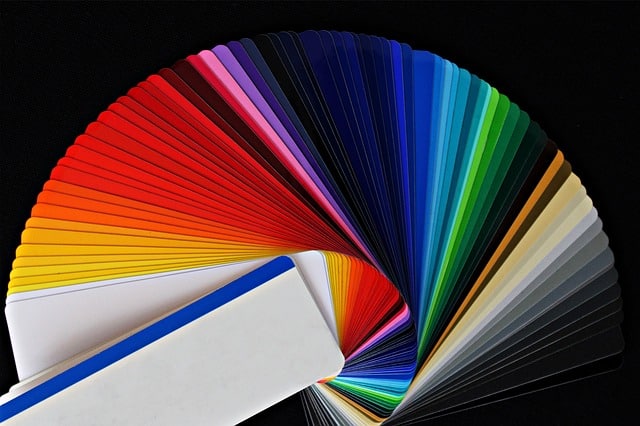
Two colors are complementary when they are located in an opposable place within the color wheel.
Color is the sensation generated by the rays of light when they produce an impression on the organs of sight. The retina has photosensitive cells that send nerve signals to the brain, which is responsible for interpreting them and developing visual perception.
It is important to mention that photoreceptors are able to differentiate between the various wavelengths of the visible spectrum . The different colors (that is, the different sensations) are linked to these wavelengths .
What is a complementary color
According to their characteristics, colors are classified in many ways. It is common to distinguish between primary colors (which are not obtained from the combination of other colors), secondary colors (arising from the mixture of two primary colors in identical proportions) and tertiary colors (born with the fusion of a primary color and a secondary color in equivalent parts), for example.
To understand the idea of complementary color, meanwhile, you must first focus on the concept of the color wheel . Also known as a color wheel , the color wheel is a circular graph that neatly represents the primary colors and derived shades according to their hue.
Two colors are complementary, therefore, when they are located in an opposable place inside this circle . That is why they can also be named as opposite colors .
There are many types of color wheels. Complementarity is evident in those that are based on the RYB (red, yellow and blue), CMYK (cyan, magenta, yellow and black) and RGB (red, green and blue) models .

When complementary colors are placed next to each other, it creates a feeling of greater brightness.
Some considerations
It can be said that, depending on the coloring model, complementary colors are not always opposites. It is generally stated that colors are complementary when, if combined in a certain proportion, they give rise to a neutral color (such as black , white or gray ).
In a theoretical axis, these neutral tones are located in the central position, while the complementary colors are distributed to their sides, remaining in opposite places from each other.
If we are guided by the definition provided by the Royal Spanish Academy ( RAE ) in its dictionary, complementary colors are the pure tones that allow white to be obtained when brought together through some specific procedures.
Complementary colors in art
In 1810 , the German Johann Wolfgang von Goethe presented his book "Zur Farbenlehre" , translated as "Theory of Colors" . The postulates of said work on chromatic conformation marked the history of art and continue to have a great impact.
Creators who resort to traditional theoretical principles, in this way, usually consider certain pairs of complementary colors when developing harmonies . The most used pairs of complementary colors, in this framework, are green-red , orange-blue and violet-yellow .
The combination of these complementary colors in equal parts generates, as we already indicated, a neutral tone. If complementary colors are positioned next to each other, a contrast is produced that causes a perception of greater brightness .
